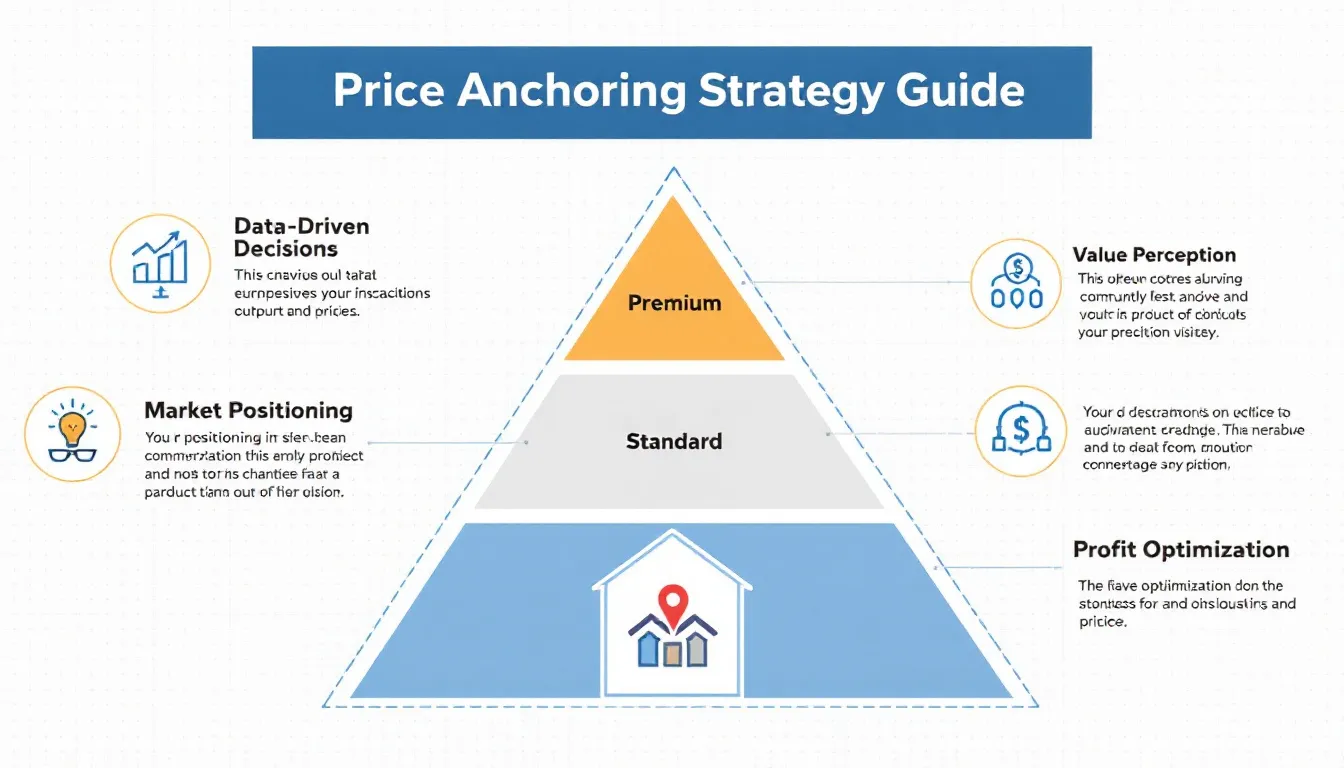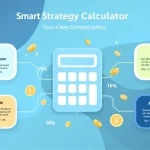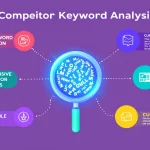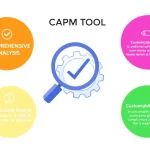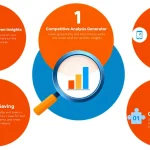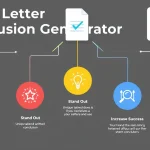Price Anchoring Strategy Generator
Generating strategy...
Is this tool helpful?
How to Use the Price Anchoring Strategy Generator Effectively
This tool helps you build a strategic pricing framework by generating price anchors tailored to your business and market. When filling out each field, provide clear and detailed information to get the most relevant strategy recommendations.
-
Product/Service Description: Describe your product or service clearly.
Example 1: “Custom software solutions for small businesses focusing on inventory management and real-time analytics.”
Example 2: “Organic skincare line featuring handmade lotions and serums with natural ingredients.” -
Current Price Range: Enter your existing price limits in dollars.
Example 1: “$1500 minimum and $3500 maximum for software packages.”
Example 2: “$20 minimum and $60 maximum across various skincare products.” -
Target Market: Define the ideal customer profile including demographics and preferences.
Example 1: “Small business owners aged 25-45 looking for efficient technology solutions.”
Example 2: “Eco-conscious women aged 18-40 prioritizing sustainable beauty products.” -
Competitor Pricing (Optional): List competitor prices and offers to benchmark your positioning.
Example 1: “Competitors’ software packages range from $1200 to $4000.”
Example 2: “Local brands price skincare items between $15 and $55.” -
Business Goals (Optional): Outline objectives such as revenue targets or market share expansion.
Example 1: “Increase subscription renewals by 25% over the next year.”
Example 2: “Expand customer base in urban areas by 40% within six months.”
Introduction to the Price Anchoring Strategy Generator
The Price Anchoring Strategy Generator is a tool designed to help you create pricing strategies that influence customer perceptions and increase sales effectiveness. By inputting detailed data about your offerings, target customers, and competitive landscape, the tool produces tailored recommendations on how to present your prices using price anchoring techniques.
Price anchoring works by setting reference price points that shape how customers judge the value of your products or services. This tool guides you to establish those anchors effectively, helping you optimize your pricing to boost conversions, enhance perceived value, and improve profit margins.
Key Benefits of Using This Pricing Strategy Generator
- Develops pricing tiers based on customer psychology and market data
- Elevates perceived value through strategic price presentation
- Supports clear differentiation among product or service options
- Helps align pricing strategies with business objectives
- Facilitates dynamic pricing adjustments in response to market trends
Practical Usage of the Price Anchoring Strategy Generator
Once you submit your inputs, the tool analyzes your product details, price range, target audience, and optional competitor data to generate recommended price anchor points. These suggestions use proven psychological pricing models like the decoy effect and value ladder. The output helps you configure pricing tiers that guide customers toward preferred purchase options.
Example Scenario: Boutique Photography Studio
- Product/Service Description: “Custom portrait and event photography packages.”
- Current Price Range: $300 minimum to $1200 maximum
- Target Market: “Young professionals and families seeking high-quality photo services.”
- Competitor Pricing: $250 to $1500 for similar offerings
- Business Goals: “Increase premium package sales by 20% within six months.”
The generator might recommend:
- Basic package anchored at $350
- Standard package positioned at $750
- Premium package anchored at $1200, highlighting exclusive add-ons
Example Scenario: Online Language Learning Platform
- Product/Service Description: “Subscription-based language courses with live tutoring.”
- Current Price Range: $10 to $50 per month
- Target Market: “Adults aged 18-35 seeking affordable language learning options.”
- Competitor Pricing: $8 to $60 per month for similar platforms
- Business Goals: “Boost subscriber retention rates by 30% over one year.”
The tool may suggest:
- Basic subscription at $15/month as an accessible entry point
- Standard subscription positioned at $35/month with premium content
- Premium subscription anchored at $50/month featuring personalized tutoring
Understanding Price Anchoring and Its Impact on Buyer Behavior
Price anchoring is a cognitive bias where people rely heavily on the first price they see to evaluate value. By strategically selecting anchor prices, you influence how customers perceive affordability and quality across your offerings.
How Price Anchoring Shapes Perception
Using behavioral economics principles, the tool helps you craft price anchors that act as reference points. Customers then adjust their expectations around these anchors, often gravitating toward mid-range offers perceived as reasonable and valuable.
Mathematical Approach to Setting Anchors
The tool applies formulas to create balanced price tiers. One commonly used method defines the anchor price ($A$) relative to minimum ($P_{min}$) and maximum ($P_{max}$) prices:
Example formula for mid-tier anchor:
$$ A = P_{min} + \alpha (P_{max} – P_{min}) $$where α (alpha) is a value between 0 and 1, often set around 0.6 to 0.8, positioning the anchor closer to the high end to maximize perceived value.
Advanced Techniques in Price Anchoring Strategy
Decoy Pricing
This strategy includes introducing a third option (decoy) priced close to the premium option, making the premium appear more attractive. The generator helps you identify optimal decoy price points to steer customer choices.
Value Ladder Structuring
The tool supports creating stepped pricing tiers that progressively offer more features or value, encouraging customers to move up the ladder. This clarifies the benefits of each level while anchoring the highest tier as the aspirational option.
- Entry-level pricing designed for broad adoption
- Mid-tier pricing balancing value and cost
- Premium pricing emphasizing exclusivity and quality
- Optional exclusive offerings for loyal customers
Applications Across Industries
This generator adapts to diverse business areas where strategic pricing influences buying decisions:
- Retail: Design effective price displays and tiered product lines
- Service Providers: Structure consulting fees and package options
- Subscription Services: Optimize pricing plans to reduce churn and attract users
- Luxury Brands: Establish premium price anchors to convey exclusivity
Frequently Asked Questions About Price Anchoring Strategies
How do I determine the best anchor price for my products?
Analyze your target customers’ price sensitivity, review competitor prices, and understand your costs. Set anchor prices that reflect the highest value while remaining credible to your market.
When should I update my price anchors?
Adjust your price anchors quarterly or when pivotal market changes occur, such as new competitors or shifts in consumer preferences.
Can price anchoring improve sales for both products and services?
Absolutely. Price anchoring works effectively for all offerings by clearly defining value tiers and guiding customer choices.
What effect does price anchoring have on customer perception?
It reframes how customers view value, making mid-priced or premium options seem more appealing compared with lower-priced or decoy alternatives.
Maximizing Your Results With Price Anchoring
- Regularly analyze customer reactions to your price tiers
- Monitor competitor pricing shifts and adjust accordingly
- Refine anchor points based on sales data and feedback
- Experiment with how prices are presented in marketing materials
- Maintain clear communication about the value of each tier
Important Disclaimer
The calculations, results, and content provided by our tools are not guaranteed to be accurate, complete, or reliable. Users are responsible for verifying and interpreting the results. Our content and tools may contain errors, biases, or inconsistencies. Do not enter personal data, sensitive information, or personally identifiable information in our web forms or tools. Such data entry violates our terms of service and may result in unauthorized disclosure to third parties. We reserve the right to save inputs and outputs from our tools for the purposes of error debugging, bias identification, and performance improvement. External companies providing AI models used in our tools may also save and process data in accordance with their own policies. By using our tools, you consent to this data collection and processing. We reserve the right to limit the usage of our tools based on current usability factors.
